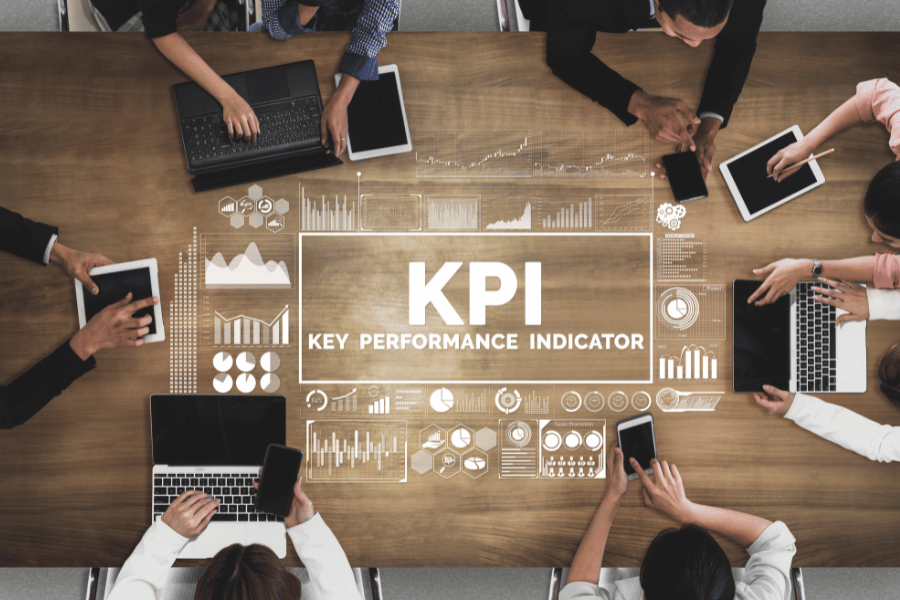
How to Leverage Social Proof in Marketing to Build Trust
October 28, 2024How to Track and Adjust Content Marketing Performance
Creating content is only half the battle in content marketing. The real challenge lies in tracking its performance and making adjustments based on data. By monitoring key metrics and analyzing the effectiveness of your content, you can refine your strategy to drive better results. Tracking and adjusting content marketing performance ensures that your efforts are aligned with your business goals and resonate with your audience.
In this post, we’ll explore the essential metrics to track, tools to use, and how to adjust your content marketing strategy based on performance data.
Why Tracking Content Marketing Performance is Important
Tracking the performance of your content marketing efforts is crucial for several reasons:
- Measures Success: It helps you understand what content is working and what isn’t.
- Informs Strategy: Performance data allows you to make data-driven decisions about where to focus your efforts.
- Optimizes ROI: By tracking key metrics, you can optimize your content marketing strategy to improve return on investment (ROI).
Key Metrics to Track in Content Marketing
Engagement Metrics:
Engagement metrics help you understand how your audience is interacting with your content. These metrics include:- Likes, Shares, and Comments: The number of social media interactions can indicate how well your content resonates with your audience.
- Click-Through Rate (CTR): This measures how many people clicked on a link within your content, which can indicate the effectiveness of your calls-to-action (CTAs).
Traffic Metrics:
Traffic metrics give you insight into how many people are visiting your website and where they are coming from. Key traffic metrics include:- Unique Visitors: The number of individual users who visit your site within a specific time frame.
- Page Views: The total number of times your content has been viewed.
- Traffic Sources: Where your traffic is coming from, such as search engines, social media, email, or direct traffic.
Conversion Metrics:
Conversion metrics track how effectively your content is driving users to take the desired action, such as signing up for a newsletter, making a purchase, or filling out a contact form. Important conversion metrics include:- Conversion Rate: The percentage of users who take a specific action after engaging with your content.
- Lead Generation: The number of leads generated from your content.
- Sales or Revenue: If your content is designed to drive sales, track the total revenue generated from content-driven conversions.
SEO Metrics:
Tracking SEO metrics helps you understand how well your content is ranking on search engines. Key SEO metrics include:- Keyword Rankings: The position of your content for target keywords in search engine results pages (SERPs).
- Organic Traffic: The number of visitors who arrive at your site through search engines.
- Backlinks: The number of external websites linking to your content, which improves your domain authority and SEO rankings.
Time on Page and Bounce Rate:
Time on Page indicates how long users spend on your content, while Bounce Rate measures the percentage of visitors who leave after viewing only one page. These metrics give insight into how engaging and relevant your content is.
Tools for Tracking Content Marketing Performance
Several tools can help you track the performance of your content marketing efforts:
- Google Analytics: Provides detailed data on website traffic, user behavior, and conversion tracking.
- Ahrefs: A tool that helps track SEO performance, keyword rankings, and backlinks.
- HubSpot: Offers content marketing and CRM tools that track lead generation, engagement, and conversions.
- Hootsuite: Tracks social media metrics such as engagement, reach, and followers.
How to Adjust Your Content Marketing Strategy
Once you’ve tracked your content marketing performance, the next step is to make adjustments based on the data. Here’s how to adjust your strategy effectively:
Double Down on High-Performing Content:
Identify which pieces of content are performing well in terms of engagement, traffic, and conversions. Use these insights to create similar content or update existing content to maintain momentum.Optimize Low-Performing Content:
If certain content isn’t performing well, identify the reasons why. Is the headline not compelling? Is the content too long or lacking valuable information? Optimize low-performing content by improving its structure, adding more visuals, or updating outdated information.Test and Experiment:
Content marketing is an ongoing process of experimentation. Use A/B testing to try different headlines, formats, or CTAs and see which variations perform better. Experiment with new content formats, such as video or podcasts, to engage different audience segments.Align Content with Audience Needs:
Use audience insights and performance data to ensure your content is addressing the specific needs and pain points of your audience. If your audience changes or your product offerings evolve, adjust your content strategy to reflect those shifts.Adjust Your Publishing Frequency:
If your engagement or traffic starts to dip, consider adjusting your publishing frequency. Posting too often or too infrequently can impact your audience’s engagement levels.
Tracking and adjusting your content marketing performance is crucial for maintaining a successful strategy. By monitoring key metrics, using the right tools, and making data-driven adjustments, you can ensure your content resonates with your audience and drives meaningful results. Start implementing these tracking and adjustment strategies to optimize your content marketing efforts and improve your ROI.




